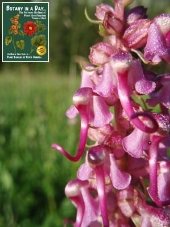





 2
2




Dave's SKIP BB's / Welcome to Permies! / Permaculture Resources / Dave's Boot Adventures & Longview Projects














 3
3








Dave's SKIP BB's / Welcome to Permies! / Permaculture Resources / Dave's Boot Adventures & Longview Projects














 1
1




Jan Dohner wrote:....provide a graduated response from warning to charging to attack - usually warning off predators.

 5
5




Dave Burton wrote:What is your opinion on llamas vs great pyres as livestock guardians? There is a long discussion about this on permies, and we would like to hear your input on this. Why do you think one is better than the other? Are they equally as useful? What situations would a llama be better than a great pyre, and what situations would a great pyre be better than a llama in?
Blog: 5 Acres & A Dream
Books: Kikobian Books | Permies Digital Market
 3
3




Invasive plants are Earth's way of insisting we notice her medicines. Stephen Herrod Buhner
Everyone learns what works by learning what doesn't work. Stephen Herrod Buhner

 5
5




Anne Miller wrote:
In the past I have always heard the donkey are great guardians.
When I see donkeys in a pature I always remember that.
- Tim's Homestead Journal - Purchase a copy of Building a Better World in Your Backyard - Purchase 6 Decks of Permaculture Cards -
- Purchase 12x Decks of Permaculture Cards - Purchase a copy of the SKIP Book - Purchase 12x copies of Building a Better World in your Backyard




